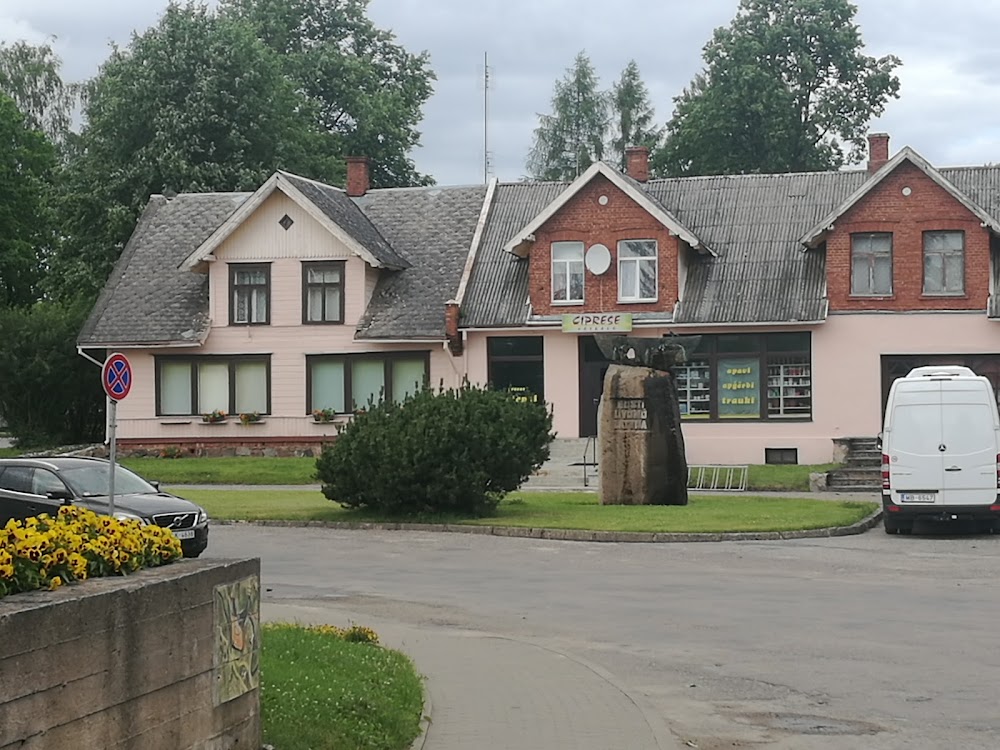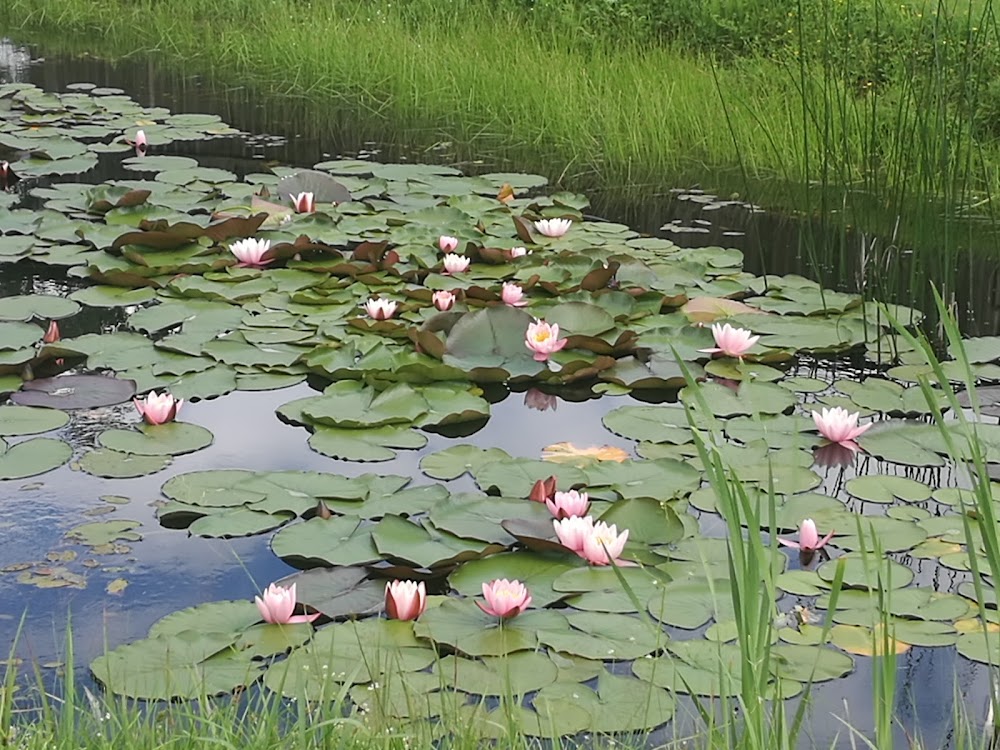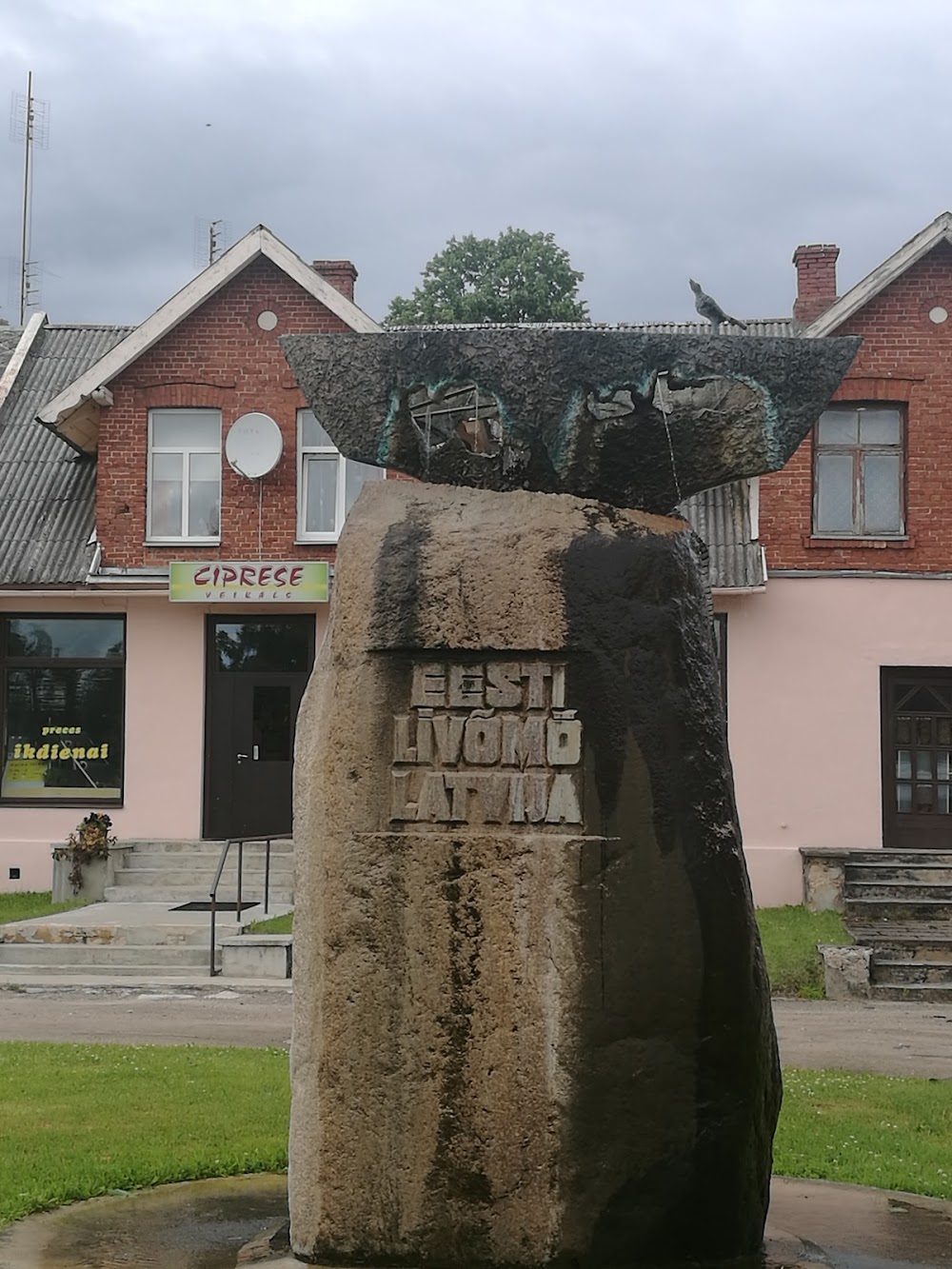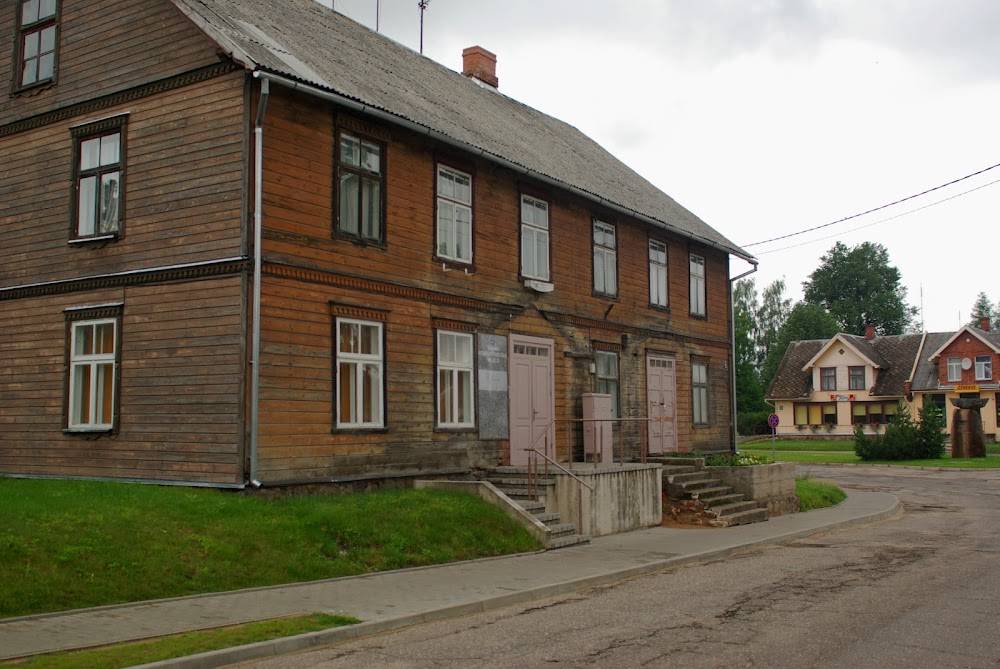Staicele Local History Museum (Staiceles novadpētniecības muzejs)
Overview
Nestled in the charming and picturesque town of Staicele within the Aloja Municipality of Latvia, Staiceles Novadpētniecības muzejs (Staicele Local History Museum) stands as a vibrant testament to local heritage and cultural preservation. This delightful museum offers an engaging journey through the rich history, traditions, and everyday life of the region, making it a cherished resource for both residents and visitors alike.
Established in the early 21st century through a collective initiative by local historians, community members, and cultural enthusiasts, the museum was born from a shared recognition of the importance of preserving and showcasing Staicele's colorful past. With funding from the municipality and contributions from various regional cultural preservation programs, this museum found its home in a historical building, echoing the charm of bygone days.
Housed in a beautifully restored structure dating back to the early 20th century, the museum itself is a gem of traditional Latvian architecture. The meticulous restoration ensured that the building’s original charm and features were preserved, with skilled craftsmen employing historical techniques to maintain the authenticity of the woodwork, roofing, and stunning façades. This careful attention to detail makes the museum a highlight of local craftsmanship.
Inside Staiceles Novadpētniecības muzejs, the exhibits are thoughtfully curated to provide an in-depth look at the area's history. Visitors are welcomed by interactive displays and informative panels that chronicle key events and milestones of Staicele and its surrounding regions. The collection features archaeological finds, ancient artifacts, folk costumes, and tools that have been used in daily life over the centuries.
One of the standout exhibits is a detailed timeline showcasing Staicele’s transformation from a small settlement to a thriving community. Through photographs, maps, and historical documents, the museum vividly illustrates how the town developed economically and socially over the years. From the rise of local industries, such as logging and agriculture, to the impacts of various political changes, the rich tapestry of history is woven seamlessly into the narrative.
The museum also includes reconstructed living spaces and workshops, providing visitors with a glimpse into traditional Latvian homes and workplaces. For example, a dedicated corner of the museum recreates a typical 20th-century household, complete with authentic furnishings, kitchenware, and décor from that era. This immersive experience allows visitors to truly appreciate the lifestyle of past generations.
In addition to its exhibits, the museum prides itself on actively engaging with the community. It regularly hosts workshops, lectures, and exhibitions that encourage participation from both young and old, fostering connections to their roots. Events centered around traditional crafts, music, and dances serve to keep cultural traditions alive and vibrant.
A notable aspect of Staiceles Novadpētniecības muzejs is its commitment to involving local residents in the creation and maintenance of exhibits. Many displays feature personal stories, donated artifacts, and family histories, fostering a deeply personal connection between the museum and the community. This practice not only enriches the exhibits but also cultivates a strong sense of identity and pride among the townspeople.
Educational programs tailored for schoolchildren are also a regular feature of the museum, teaching youth about their heritage in engaging and memorable ways. These programs often include interactive sessions where children can try their hand at traditional crafts or participate in historical re-enactments, bringing history to life in an enjoyable and accessible manner.
Ultimately, Staiceles Novadpētniecības muzejs is more than just a repository of objects; it serves as a living memory of the town of Staicele within the broader Aloja Municipality. Its establishment and ongoing efforts exemplify how a community can preserve and celebrate its heritage, ensuring that the stories and traditions of the past remain vibrant and accessible for future generations.






